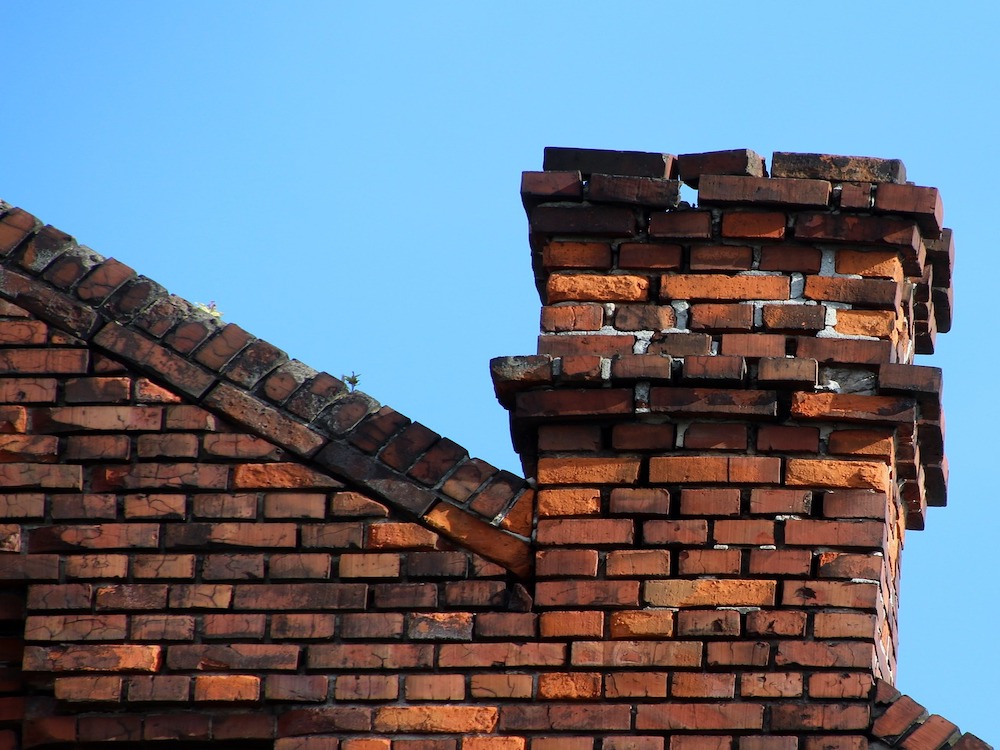There’s nothing quite like the warmth of a fire, the sounds of the crackling wood, and the soft orange glow on a cold night. However comforting fireplaces are in your home, there is the reality that they can be dangerous as well.
It’s estimated that every year there are about 25,000 chimney fires that result in over 125 million dollars in property damage (not to mention thousands of injuries). Improper cleaning and maintenance of chimneys is one of the leading causes of these fires. Not only can this cause fires, but it can also expose your home and family to dangerous chemicals and compounds.
The good news? This can be avoided with regular chimney inspections and sweeping.
In this post, we’re going to go over what a good chimney inspection looks like, some of the dangers of neglecting your chimney, and what you can do about it.
Three Levels of Chimney Inspections
While regular chimney inspections are important for any home with a chimney, there are various levels of inspections. The level you need for your situation will vary depending on your home and why you’re getting an inspection.
Level 1
A level 1 chimney inspection is the most common, and is the type that you should be getting on a regular basis. This is also the type of inspection you’ll get if you’re not experiencing any problems when using the fireplace and are just getting an inspection for proper maintenance & safety purposes.
Level 1 inspections involve a chimney technician examining all “readily accessible” portions of the chimney. This means the chimney exterior, interior, and the appliance/chimney connection. This usually involves a visual inspection with a flashlight, checking the flue, looking at openings or blockages, and other surface level inspection practices.
This is a simpler and quicker type of inspection. They’ll let you know if they see any obvious damage, if there are any obstructions or blockages, and if you need to have a cleaning.
Level 2
A level 2 chimney inspection is a bit more involved compared to a level 1. The Chimney Safety Institute of America suggests these inspections whenever you make any adjustments or changes to your chimney system. It’s also suggested if there was any damage or any events that could’ve damaged the chimney (roof damages, building fires, etc.)
A level 2 inspection is also suggested when you’re selling or transferring the property.
Along with all of the parts of a level 1, level 2 chimney inspections involve inspections of nearby areas like the attic, crawl spaces, your roof, and other accessible areas.
A level 2 inspection may also involve a video scan of the chimney itself, the flue, or other structural areas of the chimney.
Level 3
The level 3 chimney inspection is the most detailed and involved type of inspection you can get. These are performed when serious issues are suspected or after serious damage or events have occurred to your home (intense storms, fires, earthquakes, etc).
A level 3 inspection involves all of the components of level 1 and level 2 chimney inspections. In this case, though, non-accessible or concealed parts of your chimney.
This could involve looking inside your home’s walls or removing parts of the chimney crown or structure.
Dangers of Neglecting a Regular Chimney Inspection
As you could probably guess, level 2 and 3 inspections are more rare and aren’t necessary regularly. However, level 1 inspections along with cleanings should be performed regularly for a few reasons.
Fire Prevention
As you use your chimney, ash and other particles tend to build up on the sides of the structure. The material that builds up is called creosote, which forms as a result of burning wood or coal (as you do in your fireplace). This material is extremely flammable and can easily catch fire that will spread throughout the home in what’s known as a chimney fire.
Chimneys are also prone to blockages from external elements like sticks, leaves, bird’s nests, and other debris.
Without regular inspections, you won’t know if there are dangerous levels of build up or blockages in your chimney. Inspectors will let you know whether your chimney needs to be cleaned or if there is a blockage that they can remove for you.
Carbon Monoxide
As debris or creosote builds up in your chimney, it blocks the airflow. This traps the carbon monoxide produced by the fire or your heating system from properly exiting the home. This can compound the problem and create more creosote. Not only that, but the trapped carbon monoxide and other toxins can cause serious health problems in the home, including carbon monoxide poisoning.
Chimney Damage
Inspections can also reveal if there’s any damage that you need to be aware of with your chimney. Chimney damages, when not properly fixed or addressed, can lead to other serious problems, including:
- Chimney collapse
- Roof damages
- Ventilation issues
The damage to the roof is perhaps the most concerning since roof damages can affect your entire home. Common problems that lead to roof issues include improperly installed flashing, too much/not enough caulking, worn out structural components, and chimney leaks.
If your inspection reveals issues with the chimney that could affect the roof, you need to have it repaired ASAP to avoid and fix leaks, rot, and more.
Need Chimney Repair?
Regular chimney inspections can save you from serious dangers like fire and health issues. They can also save you the headache of dealing with expensive issues that result from improper maintenance and cleaning.
At Farina Roofing, we have experience working with homes with chimneys and know how to deal with issues and repairs. Contact us today to set up a consultation and get our expert advice on dealing with your issue.


